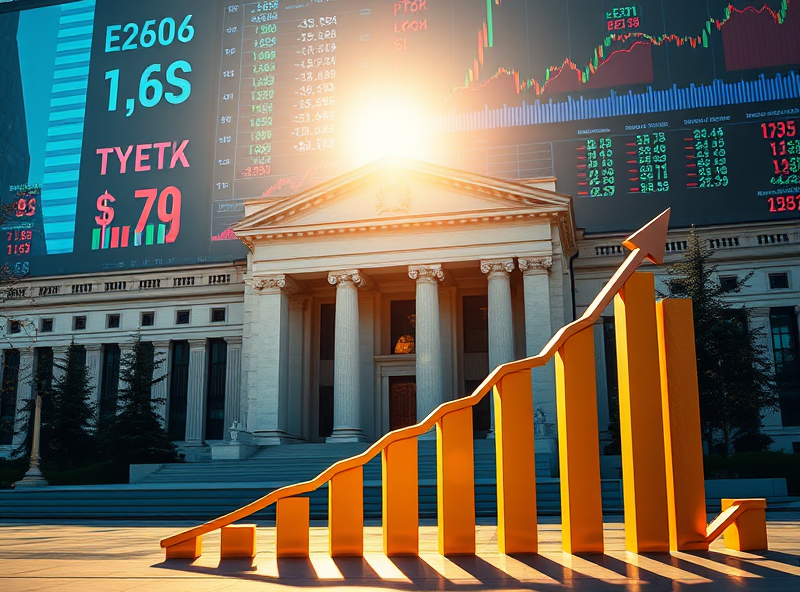The Dollar’s Strength and Global Capital Flows

The strength of the U.S. dollar plays a pivotal role in shaping global capital flows, influencing economies worldwide. When the Federal Reserve raises interest rates, the dollar often strengthens as higher rates attract foreign investors seeking better returns. This appreciation can create ripple effects across global markets. For instance, a stronger dollar makes U.S. exports more expensive, potentially impacting American businesses that rely on international sales. Conversely, it can benefit countries importing goods priced in dollars, as their purchasing power increases. However, for emerging markets with dollar-denominated debt, a stronger dollar can pose challenges, increasing the cost of repayments and potentially leading to financial strain. Understanding these dynamics can help investors and businesses make informed decisions in a rapidly shifting global economy.
Impact on Stock Markets and Corporate Investments

When the U.S. Federal Reserve raises interest rates, it sends ripples across financial markets, particularly affecting stock markets and corporate investments. Higher interest rates typically make borrowing more expensive for companies. This can lead to reduced capital spending, as businesses may hesitate to take on new projects or expand operations due to increased costs. For stock markets, rising rates often create a challenging environment. Growth-oriented companies, especially in sectors like technology, may see their valuations decline as future earnings are discounted at higher rates. Additionally, investors might shift their focus to safer, income-generating assets like bonds, which become more attractive with higher yields. However, not all sectors are equally impacted. Financial institutions, for example, may benefit from rising rates as they can charge more for loans. Understanding these dynamics can help investors make informed decisions and navigate market volatility more effectively.
Cross-Border Interest Rate Inversions

When the U.S. Federal Reserve raises interest rates, the ripple effects are felt not just domestically but across global financial markets. One of the most intriguing phenomena that arise is cross-border interest rate inversions. This occurs when the interest rates of one country, often the U.S., rise above those of other nations, leading to significant shifts in global capital flows. For instance, higher U.S. rates tend to attract foreign investors seeking better returns, which can strengthen the U.S. dollar and create funding challenges for emerging markets that rely on dollar-denominated debt.
This dynamic also impacts global trade balances, as a stronger dollar makes U.S. exports more expensive and imports cheaper. Meanwhile, countries with lower interest rates may experience capital outflows, potentially weakening their currencies and creating inflationary pressures. Understanding these cross-border interest rate inversions is crucial for investors, policymakers, and businesses alike, as they can influence everything from currency valuations to stock market performance and international trade dynamics.
Short-Term and Long-Term Market Effects

When the U.S. Federal Reserve raises interest rates, the effects ripple through financial markets in both the short and long term. In the short term, higher interest rates often lead to increased borrowing costs for businesses and consumers. This can slow down economic activity as companies may delay investments and individuals might cut back on spending. Stock markets can also react negatively, as higher rates reduce the appeal of equities compared to safer fixed-income investments like bonds.
In the long term, however, the picture can be more nuanced. Higher interest rates can help curb inflation, which is a positive signal for the economy’s health. A stable inflation rate often leads to more predictable market conditions, encouraging long-term investments. Additionally, sectors like banking and financial services may benefit from higher interest margins, potentially driving their stock prices upward. Understanding these dynamics can help investors make informed decisions and better navigate market volatility.



